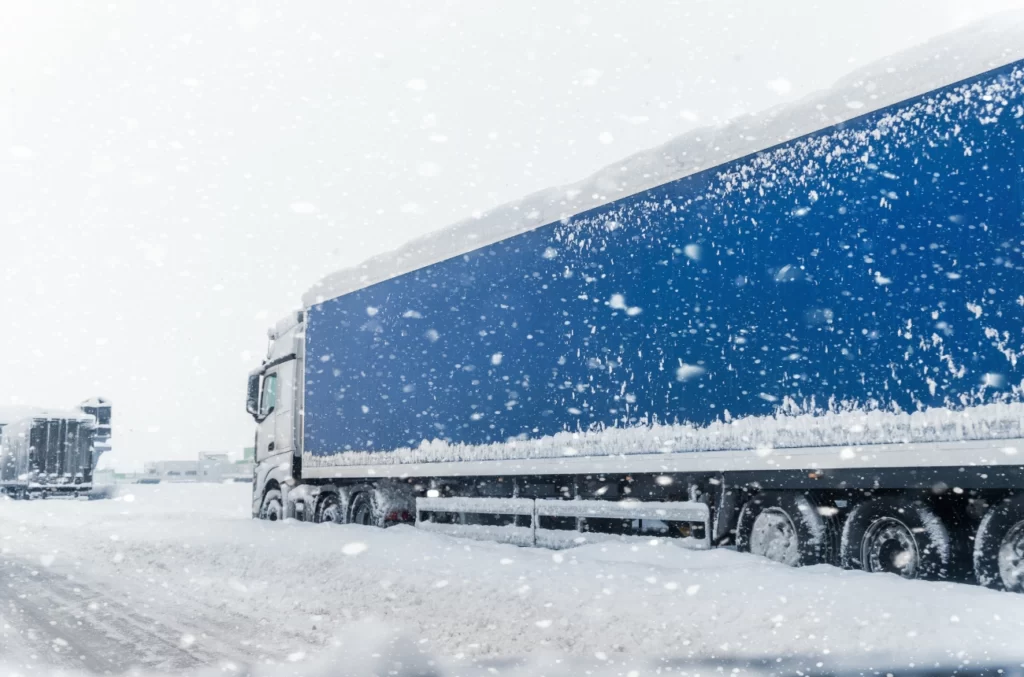Today’s business world needs more data to understand and cope with the impact of rapidly changing weather conditions on businesses. This is where real-time weather analytics comes in. Real-time analytics offers businesses the ability to monitor and evaluate weather data in real-time. In this article, we will explore the role of real-time weather analytics in business and how it helps businesses.
What is Real-Time Weather Analytics?
Real-time weather analytics refers to the process by which businesses collect, process and analyze instant weather data. This technology reduces the delay between the collection of meteorological data and its delivery to businesses, allowing them to make faster decisions. One of the biggest advantages for businesses is that this data is absolutely up-to-date and accurate. This allows businesses to better react to weather conditions.
How Does Real-Time Weather Analytics Work?
Real-time weather analytics continuously monitors data from a number of weather stations and sensors. This data measures weather conditions such as temperature, humidity, wind speed and direction, and rainfall. This data is then collected, processed and analyzed in a central system. Through this analysis, businesses can understand weather conditions and adjust their strategic decisions accordingly.

How to Harness the Power of Real-Time Weather Analysis for Business Development
In today’s ever-evolving business landscape, staying ahead of the competition requires more than just standard practices. It demands an understanding of external factors that could impact operations significantly.Thanks to real-time weather analytics, businesses are now equipped with a powerful tool that can transform the way they operate and make decisions.
Real-time weather analytics for improved efficiency
At the heart of real-time weather analytics is the ability to deliver highly accurate weather forecasts. Gone are the days of relying on generalized weather reports that may not capture local or industry-specific nuances. Businesses, especially those in agriculture, energy, transportation, and retail, can now access accurate forecasts tailored to their specific locations. These forecasts become invaluable tools for optimizing various processes within these industries.
In agriculture, for example, knowing exactly when rain is expected can help farmers decide the best time to plant crops. In the energy sector, understanding temperature fluctuations can help plan energy consumption and distribution more efficiently. For transportation companies, weather analytics can be the key to optimizing routes and schedules to ensure on-time deliveries. In retail, accurate weather forecasts allow companies to fine-tune product inventories based on expected customer demand, avoiding overstocks or out-of-stocks.
Proactive risk management
Weather is inherently unpredictable, and sudden changes in weather conditions can pose significant risks to businesses. Real-time weather analytics serve as an early warning system to help identify these risks in advance. Whether it’s a storm that could disrupt a supply chain, extreme heat that could affect equipment, or icy conditions that could lead to accidents, businesses can prepare for these scenarios and minimize potential damage and downtime.
For example, a construction company can stop outdoor projects when a heavy rainstorm is in the forecast, ensuring the safety of its workers and equipment. An airline can adjust flight schedules in advance of severe weather events, reducing the impact on passengers and operations.
Optimize energy consumption for cost savings
Weather analytics doesn’t just provide insight into the forecast; it also provides insight into how weather conditions can affect energy consumption. Energy efficiency is a critical concern for many businesses looking to reduce operating costs and environmental impact. Real-time weather analytics can help companies optimize energy consumption by taking into account weather-related variables.
For example, a manufacturing plant can adjust its cooling and heating systems based on weather conditions, ensuring that energy consumption is in line with the outside environment. As a result, companies can significantly lower energy costs and reduce their carbon footprint, contributing to their bottom line and sustainability efforts.
Improve customer service with data-driven decisions
The impact of weather on customer demand is particularly noticeable in retail and e-commerce. Weather analytics come to the rescue, providing valuable insights that can shape inventory management and marketing strategies.
Imagine a fashion retailer using real-time weather analytics to determine what types of clothing are in demand during a cold snap. By ensuring that they have enough warm clothing in stock, they can meet customer demand and avoid losing potential sales due to insufficient inventory. In addition, e-commerce platforms can use this data to tailor their marketing strategies and promote weather-appropriate products to customers during specific weather conditions.
In summary, real-time weather analytics is a game-changer for businesses across industries. It empowers businesses with accurate forecasts, aids in proactive risk management, increases energy efficiency, and improves customer service. By harnessing the power of real-time weather data, businesses can not only thrive in the face of changing weather conditions, but also gain a significant competitive advantage in today’s dynamic marketplace. It’s a testament to the critical role that data-driven insights play in shaping the future of business.


